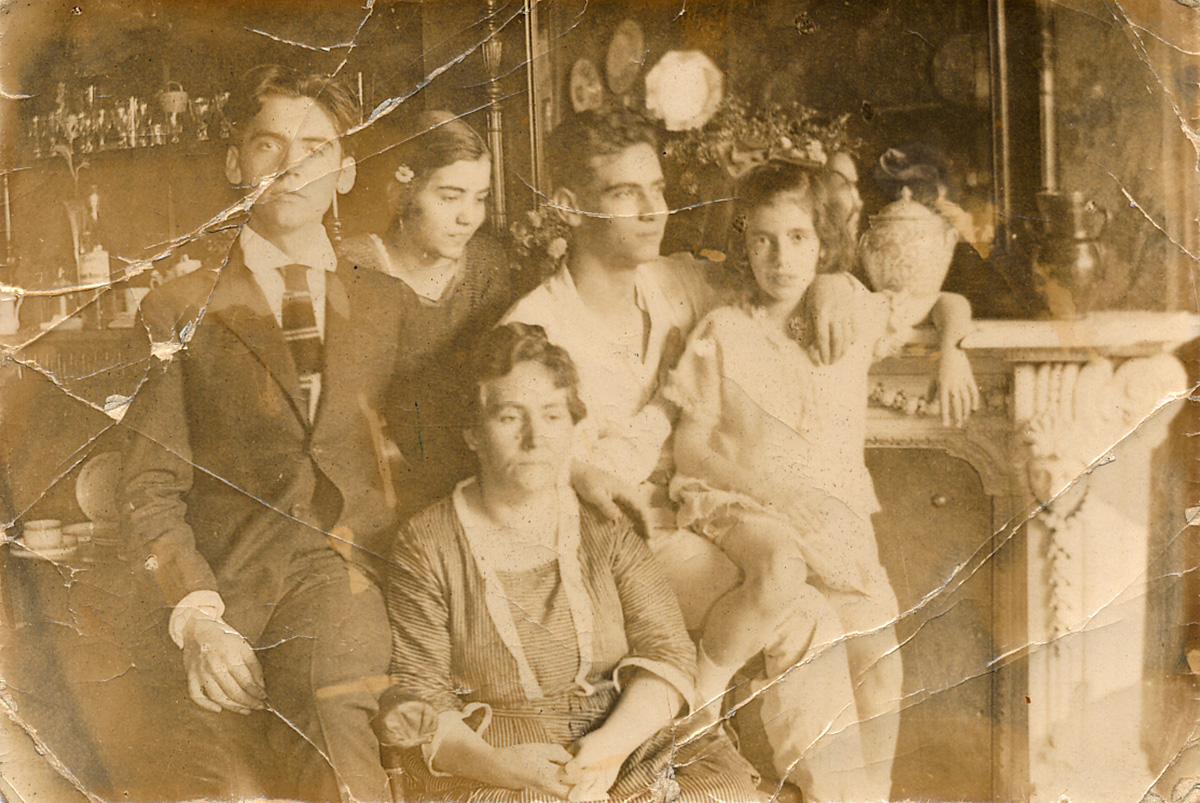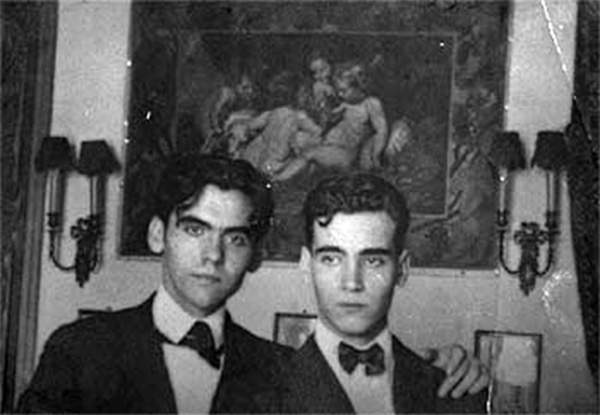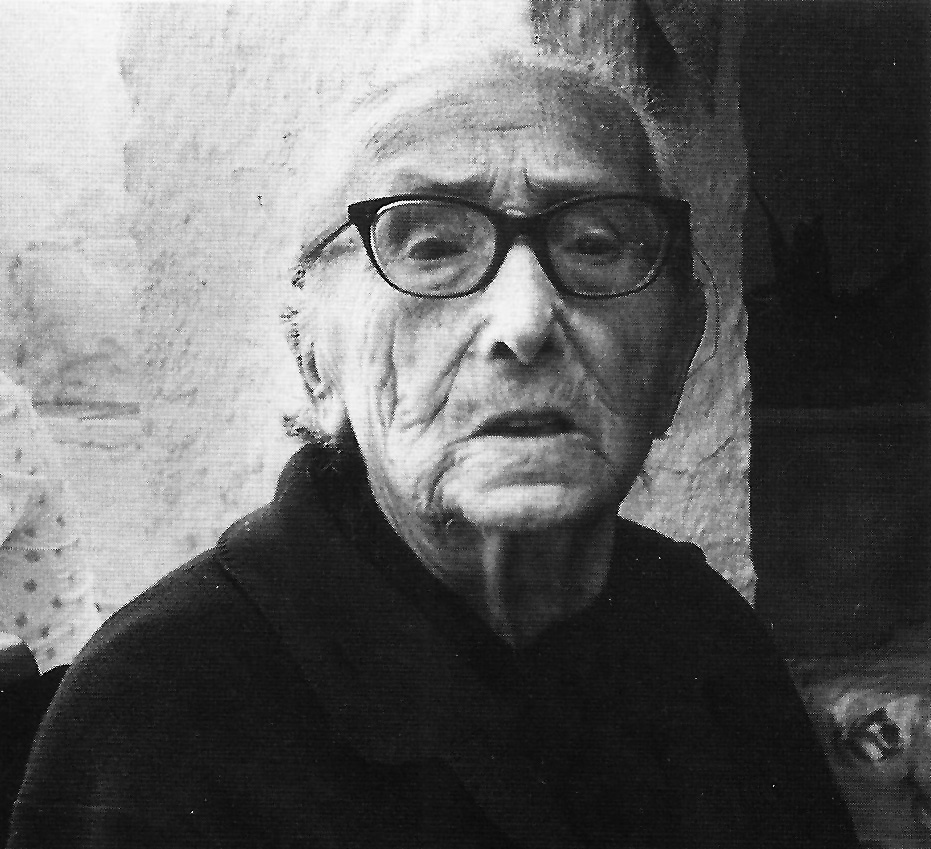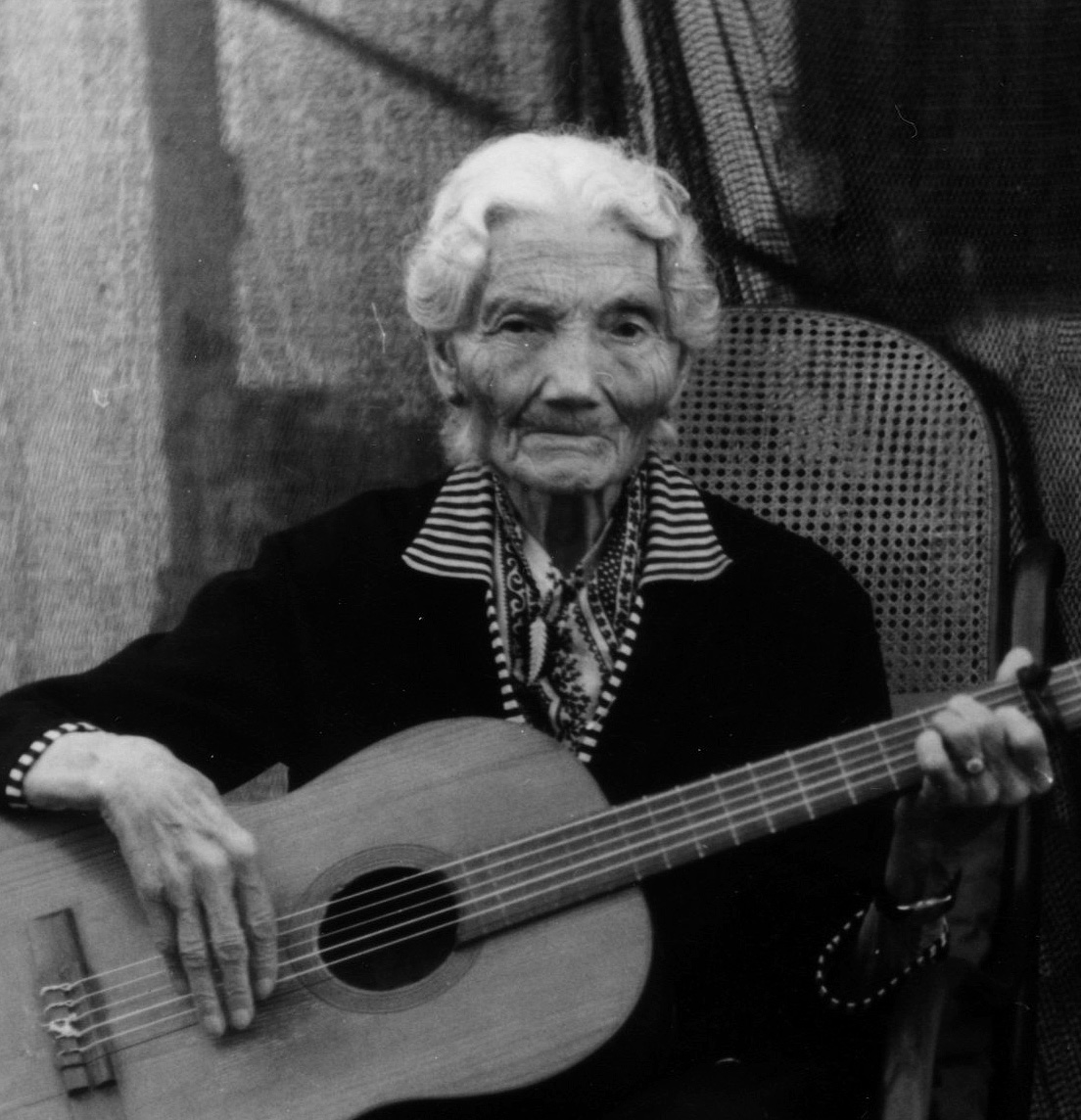Spanish writer, diplomat and professor. Brother of Federico García Lorca, he belonged to the El Rinconcillo at the Café Alameda, along with many other artists from Granada at the time.
He was born in 1902 in Fuente Vaqueros. He is the second son of Don Federico García Rodríguez and Doña Vicenta Lorca. Between Federico and him Luis was born, who died at the age of two of pneumonia. Around 1906, the family moved to Asquerosa (Disgusting) (now Valderrubio) and in 1909 to Granada. His childhood, like Federico’s, is spent in the Vega of Granada or in contact with the Vega. When his parents decided to move to the city for their children to study, they first lived on Acera del Darro street and later in Acera del Casino street. Both he and Federico went to high school in Granada, at the General and Technical College (located at that time in San Jerónimo street), and in the afternoons they attended preparatory classes at Sagrado Corazón School in Castillejos Square. Unlike his brother, he was always a good student. He obtained his degree in 1918. In October 1922, he graduated in Law, in Granada where, like Federico, his professors were Agustín Viñuales and Fernando de los Ríos, both future ministers of the Second Republic.
Unlike his brother, he was always a good student. In 1923, he moved to the Residencia de Estudiantes. He belonged to the Orden de Toledo, along with Buñuel, Dalí and his own brother. He pursued a diplomatic career as vice-consul in Tunis and consul general in Cairo.
As an intellectual he was faithful to the tertulia of El Rinconcillo, where he participated in different projects and hobbies, such as the invention of the apocryphal poet Don Isidoro Capdepón. He was a member of the editorial staff of the magazine gallo.
In 1923, he moved to the Residencia de Estudiantes (Students’ Residence). He belonged to the Orden de Toledo, along with Buñuel, Dalí and his own brother. During these years he prepared his doctorate at the Central University of Madrid, attended the classes of Ortega y Gasset and enrolled in the École des Sciencies Politiques in Paris. In this city he met Granada artists of the School of Paris, with Manuel Ángeles Ortiz or Ismael González de la Serna. In July 1924 he returned to Granada and coincided with the visit of Juan Ramón Jiménez and Zenobia Camprubí.
In 1925, he returned to France on a scholarship from the Committee for the Extension of Studies and in February 1927 he began the novel Roman en 15 jours à côté de la me… et après, of which only a fragment was published in gallo. In 1931, he passed the competitive examination for the Diplomatic Corps. He continued his diplomatic career as vice-consul in Tunis and consul general in Cairo where in August 1936 he received the news that his brother Federico and his brother-in-law, mayor of Granada, Manuel Fernández-Montesinos, had been shot to death by a firing squad.

In 1939, he went into exile in New York, where his sister Isabel was already living, and where the rest of the family was to arrive in 1940. In 1942, he married Laura de los Ríos Giner, daughter of Fernando de los Ríos and Gloria Giner. They had three daughters: Gloria (1945), Isabel (1947) and Laura (1954). In exile he was a literary critic and professor at Queens College and, later, at Columbia University. He was also director of the Spanish School of Middlebury, in the State of Vermont, among many other occupations and positions. In 1966, he was given an honorary doctorate by the University of Middlebury. He returned to Spain in 1968.
Among his most outstanding publications is the book he dedicated to his brother, Federico and his World, published in 1981; Ángel Ganivet. His Idea of Man, 1952; The Hidden Path, from 1972 and a collection of poems that were published posthumously. He died in 1976 and was buried in the civil cemetery in Madrid. His widow, Laura de los Ríos, organized and prepared most of his work for publication.


